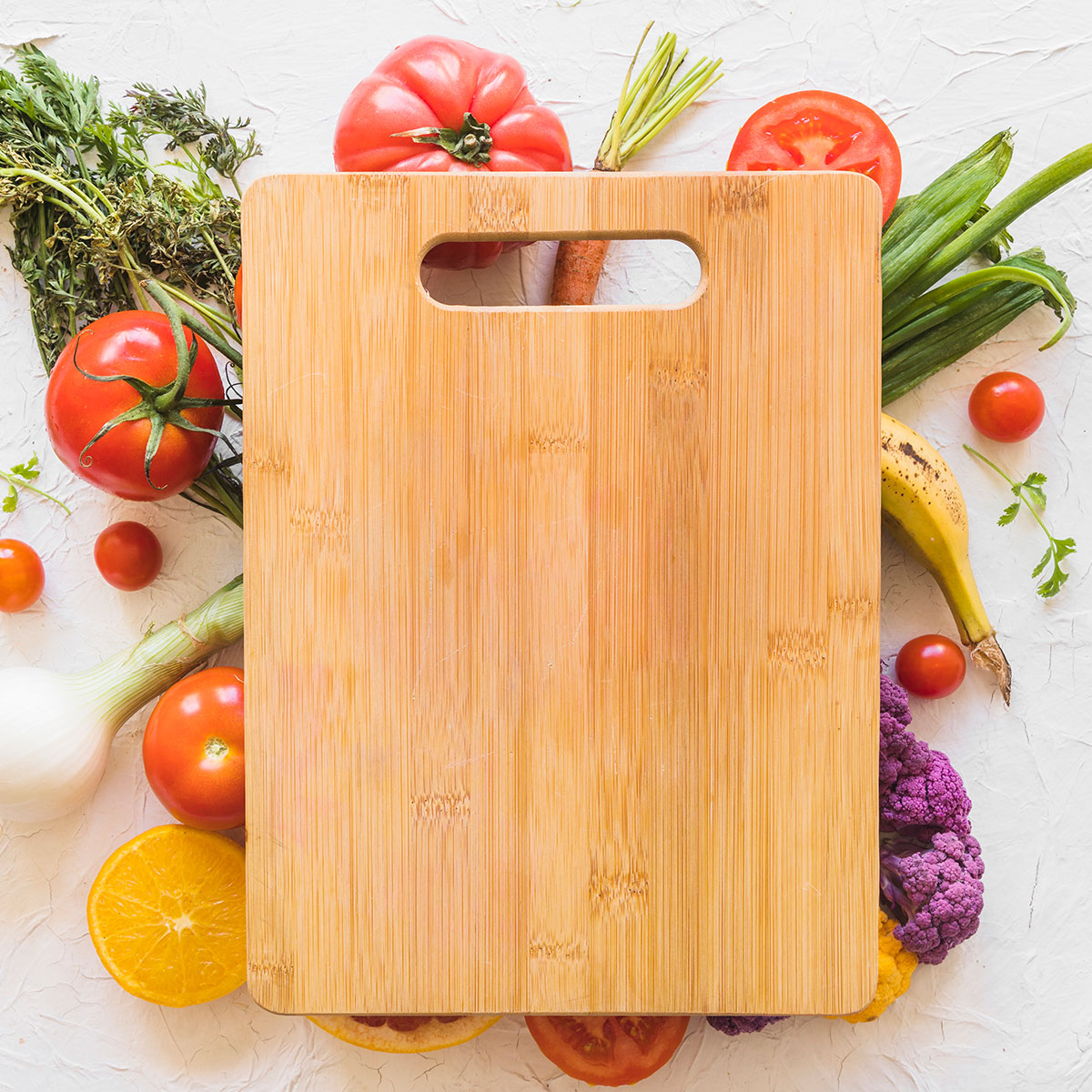Your Cart is Empty
LAST ORDERS FOR CHRISTMAS DECEMBER 18TH - FREE SHIPPING ON ORDERS OVER £40
LAST ORDERS FOR CHRISTMAS DECEMBER 18TH - FREE SHIPPING ON ORDERS OVER £40
LAST ORDERS FOR CHRISTMAS DECEMBER 18TH - FREE SHIPPING ON ORDERS OVER £40
Crystal
Ultra-thin glassware for an elegant finish.
Alcohol
Types of alcohol glasses for each category.
GIN GLASS
Each of our carefully researched, styled, tested and distributed collections reflects a particular aesthetic and ethos. We hope some of these speak to your own style, and help you refine and redefine your own look and style philosophy in the process.
GIN GLASS

Each of our carefully researched, styled, tested and distributed collections reflects a particular aesthetic and ethos. We hope some of these speak to your own style, and help you refine and redefine your own look and style philosophy in the process.
Add description, images, menus and links to your mega menu
A column with no settings can be used as a spacer
Link to your collections, sales and even external links
Add up to five columns
Add description, images, menus and links to your mega menu
A column with no settings can be used as a spacer
Link to your collections, sales and even external links
Add up to five columns
Add description, images, menus and links to your mega menu
A column with no settings can be used as a spacer
Link to your collections, sales and even external links
Add up to five columns
Add description, images, menus and links to your mega menu
A column with no settings can be used as a spacer
Link to your collections, sales and even external links
Add up to five columns

June 01, 2023 10 min read
Bamboo is a versatile and sustainable material that can be used in various applications. Here are some bamboo board ideas for 2023:
Remember to ensure that the bamboo used is sustainably sourced and harvested, adhering to responsible environmental practices. Additionally, consider applying appropriate finishes or coatings to protect the bamboo and enhance its longevity.

Yes, bamboo is considered a highly sustainable material. Here are some reasons why bamboo is considered sustainable:
It's important to note that the sustainability of bamboo products also depends on responsible harvesting and manufacturing practices. It is advisable to choose bamboo products that are sourced from certified sustainable bamboo plantations and produced using eco-friendly processes.

Yes, bamboo is considered a great material for chopping boards. Here's why:
Remember to take proper safety precautions when using tools and equipment, and wear appropriate protective gear. It's also important to choose materials and finishes that are safe for food contact if you plan to use the bamboo board for cutting or food preparation purposes.
These steps provide a general guideline for making a bamboo board. The specific process may vary depending on the design, tools, and techniques you choose to use.

To ensure the longevity and performance of bamboo chopping boards, proper care and maintenance are essential. Here are some tips:
By following these care instructions, you can extend the lifespan of your bamboo chopping board and keep it in optimal condition for safe and hygienic food preparation.
When it comes to bamboo boards, there are various types or themes you can explore based on their functionality or aesthetic appeal. Here are some ideas:
Remember to ensure that the finishes or coatings used on the bamboo boards are food-safe and non-toxic, especially if they are intended for food preparation or serving purposes.

Bamboo boards can be a versatile and practical addition to various occasions and settings. Here are some occasions where bamboo boards can be used:
Bamboo boards can be versatile, making them suitable for a wide range of occasions. Their natural beauty, durability, and sustainability make them a popular choice for both personal use and gifting purposes.
Bamboo is a versatile and sustainable material that is commonly used in kitchenware. In addition to chopping boards, here are some other bamboo kitchenware items:

These are just a few examples of the many bamboo kitchenware options available. Bamboo is a renewable resource that offers durability and a natural aesthetic, making it a popular choice for sustainable kitchen products.
Attributions
<a href="https://www.freepik.com/free-photo/cutting-board-with-food_889660.htm#query=bamboo%20chopping%20board&position=7&from_view=search&track=location_fest_v1">Image by onlyyouqj</a> on Freepik
Image by <a href="https://www.freepik.com/free-photo/wooden-chopping-board-vegetables-texture-backdrop_2955620.htm#query=bamboo%20chopping%20board&position=26&from_view=search&track=location_fest_v1">Freepik</a>
Subscribe to our monthly newsletter for VIP offers on the latest personalised gifts.